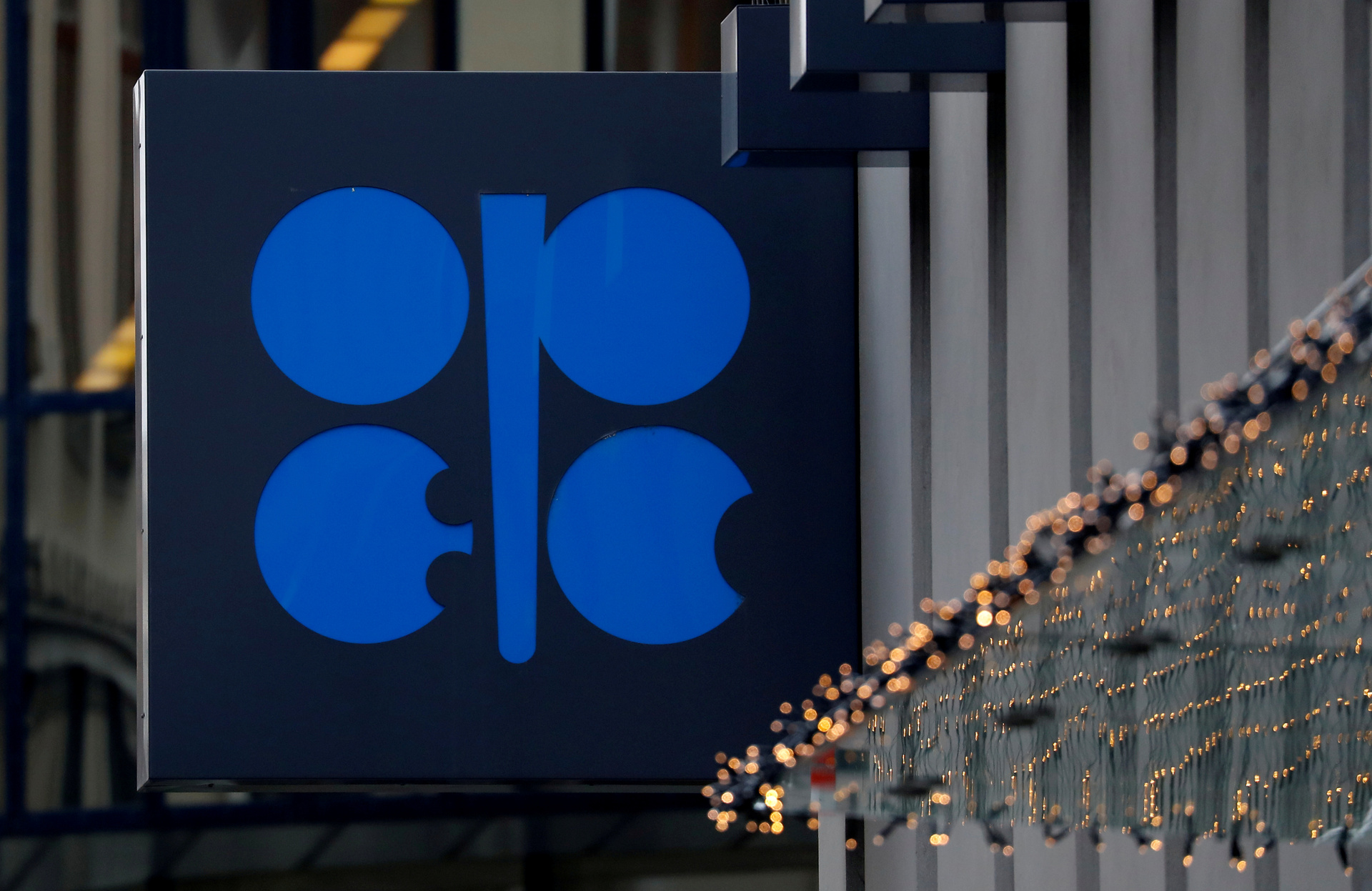On Friday, October 2, world oil prices decline during global trading.
At the beginning of the day, the cost of raw materials of the benchmark Brent brand on the ICE exchange in London fell by 4.8% - to $ 38.97 per barrel.
The last time such a value could be observed was on June 16.
At the same time, the American WTI grade fell in price by almost 5% - to $ 36.8 per barrel.
Commodity market players reacted sharply to the statement of US President Donald Trump that he and his wife Melania were confirmed to have a coronavirus infection.
The head of the White House wrote about this on Twitter on Friday.
“Today, the first lady and I tested positive for COVID-19.
We will immediately go to quarantine and start treatment.
We will get through this together! ”- said Trump.
The statement by the American president heightened investor fears about the second wave of the coronavirus pandemic and its impact on the global economy.
Anna Bodrova, senior analyst of the Alpari information and analytical center, told RT about this.
“Oil began to fall in price the day before due to the increased supply of raw materials from Iran and Libya, but later, an emotional factor associated with information about Trump's illness was added to this catalyst.
The capital markets' reaction to news of the coronavirus in the White House has been negative.
This is due to the growing uncertainty (after a month there will be elections) and with clear signals that the pandemic is still here and cannot be ignored, "Bodrova explained.
According to Johns Hopkins University, over the past month, the number of people infected with COVID-19 in the world has grown by almost 8.5 million people and currently exceeds 34.3 million. The deterioration of the epidemic situation risks resulting in the introduction of new quarantine measures in a number of states.
In this case, the global demand for fuel may further decrease and put pressure on prices.
This point of view in an interview with RT was expressed by the analyst of the GC "Finam" Alexey Kalachev.
“The rate of growth of morbidity is already approaching the values of the first wave.
There is a risk of re-restricting travel between countries, reducing airlines' workload and car fuel consumption due to the cancellation of mass events, business trips and the transition to remote employment.
And more than 60% of oil is processed specifically for use as fuel for various types of transport, ”explained Kalachev.
However, even if the situation with the coronavirus deteriorates and the second wave of the pandemic begins, oil prices are unlikely to drop below $ 40 per barrel for a long time.
This was previously stated in an interview with RT by the head of the Accounts Chamber Alexei Kudrin.
“During the first wave, no one knew the extent of the infection and the consequences in terms of mortality.
Now they are more and more boldly about this.
The vaccine has already begun to be sold, and we have learned to react faster from the point of view of medicine.
That is, the consequences of the second wave, even if it is very strong, will be less.
Therefore, governments will impose fewer restrictions, ”Kudrin said.
“In this sense, the oil price will not drop to the values it was in the spring.
Not up to $ 20 a barrel.
Moreover, taking into account the validity of the OPEC + agreement, I think that prices will remain above $ 40, ”added the head of the Accounts Chamber.
Reuters
© Leonhard Foeger / File
As a reminder, since May 1, the members of the OPEC + agreement have resumed their partnership and, in order to combat the global surplus of raw materials, they are reducing oil production.
The actions of the states are aimed at restoring the balance of demand and supply of hydrocarbons in the world market, which should support the rise in prices after the spring collapse.
From May to July, production of raw materials in the countries participating in the agreement decreased by a total of 9.7 million barrels per day compared to the level of October 2018.
Since August, the states have agreed to somewhat soften the restrictions - up to 7.7 million barrels.
As a result of these actions, from July to September, a deficit was formed on the global commodity market.
This is evidenced by data from the US Energy Information Administration.
The organization expects that by the end of the year the global oil supply will exceed the demand for hydrocarbons.
“The fall in prices to spring lows will not occur, since the supply of oil decreased due to the members of the OPEC + alliance and a number of states that are not participating in the deal.
As soon as demand and price fall, in the same States, Canada or Norway, oil production also begins to decline.
And if, at the next OPEC + meeting, at least the readiness to increase the production decline is announced, this will be enough to fully balance the price, "said Alexey Kalachev.
According to Anna Bodrova, in October oil prices will continue to remain in the range of $ 38-45 per barrel.
In turn, the head of the analytical department of AMarkets Artyom Deev believes that by the end of the year prices will fluctuate in a wider range - $ 40-50.

